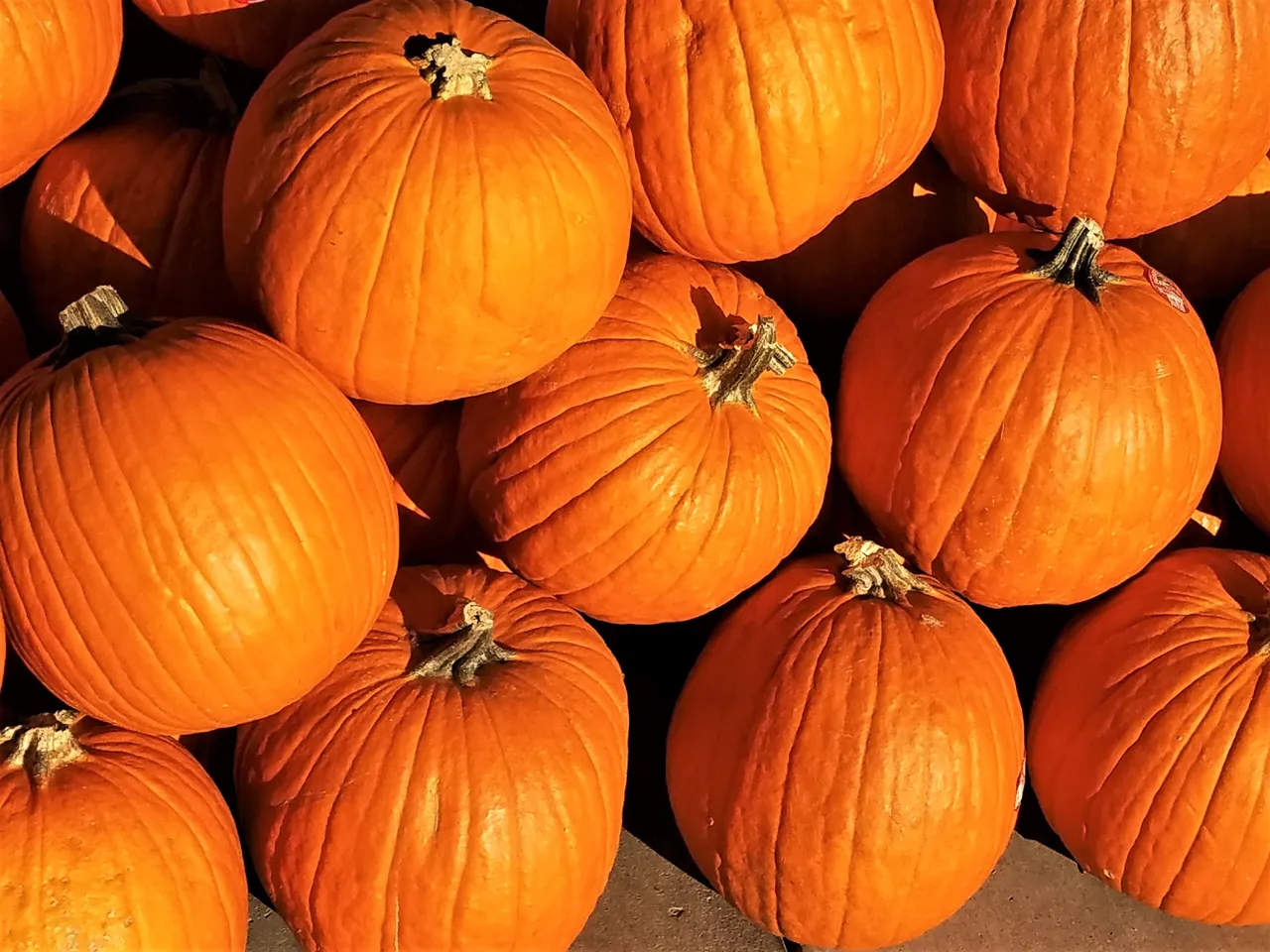
Recently, I posted about carving squash for Halloween. With Halloween in the rearview mirror, we are barreling towards Thanksgiving time in the United States. If the only squash we saw in October was an orange pumpkin, things change a great deal in November. The pumpkins we know and love (along with the immature zucchini I was carving in that recent post), are simply different members of the squash family.
Squash of many sizes, colors, and shapes are common during this part of the autumn season. They generally are called winter squash because they are mature and hardened enough to survive into the winter and provide a source of cold weather food for those who store them. With modern refrigeration and the availability of imported food, this may have become less important, but our ancestors have always stored squash for food through the winter.
For some reason, I really like squash in many of its forms. Here are some of my favorites. Most photographs were taken by the author, except for those separately credited below.
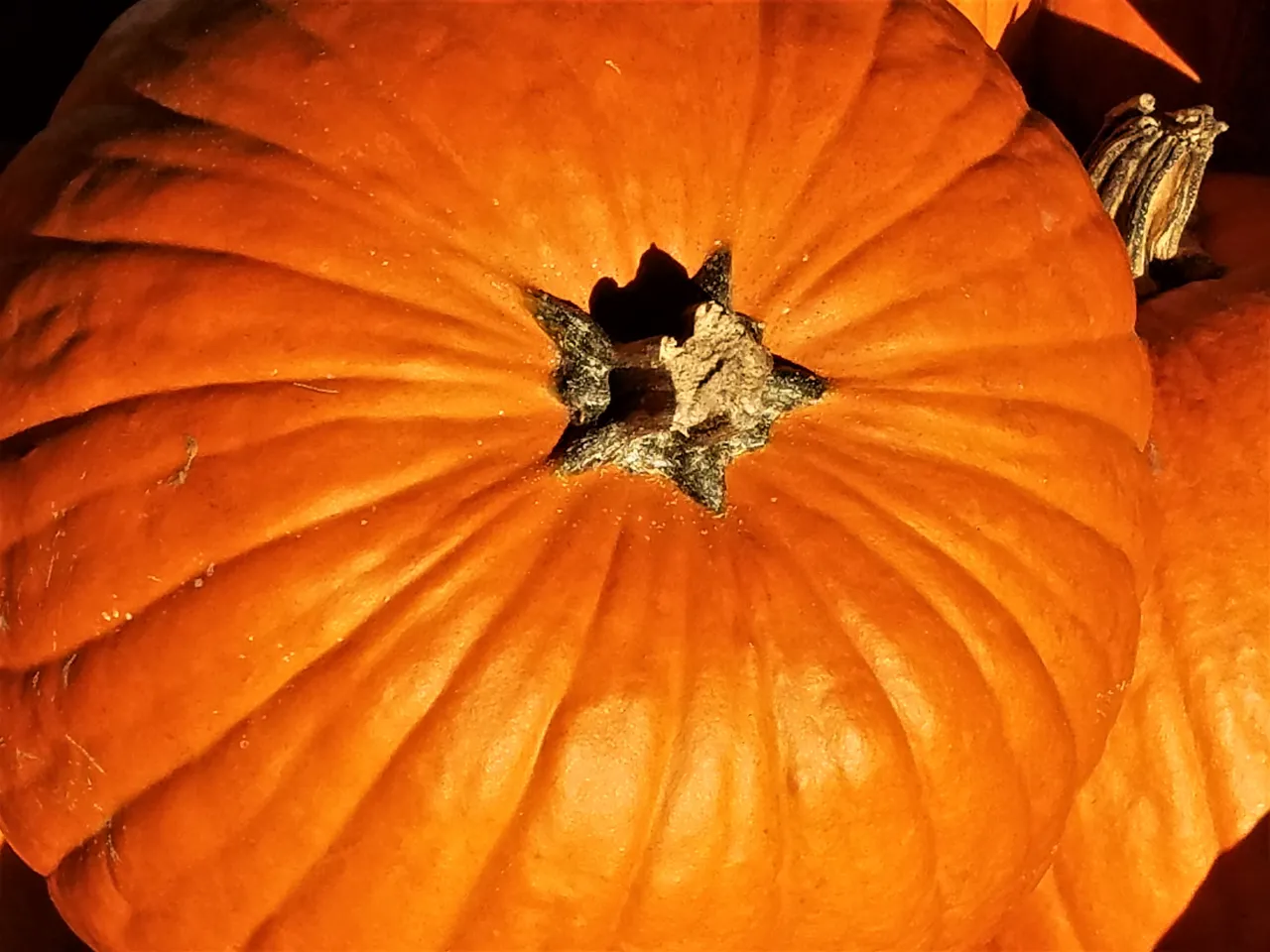
Pumpkins
Okay, I had to start with these. Even though we’ve been through this for Halloween, pumpkins are awesome. I enjoy carving them for jack-o-lanterns. Some varieties are reasonably good for eating once they are cooked. But as far as eating squash, the orange pumpkin is not as good overall as some other kinds. Don’t forget that there are other colors also, including white and dark green spheres. The dark green ones are sometimes called blue. Pumpkin seeds can be roasted for a healthful snack also, which is true of most squash seeds, though some kinds make better seeds for eating than others do.
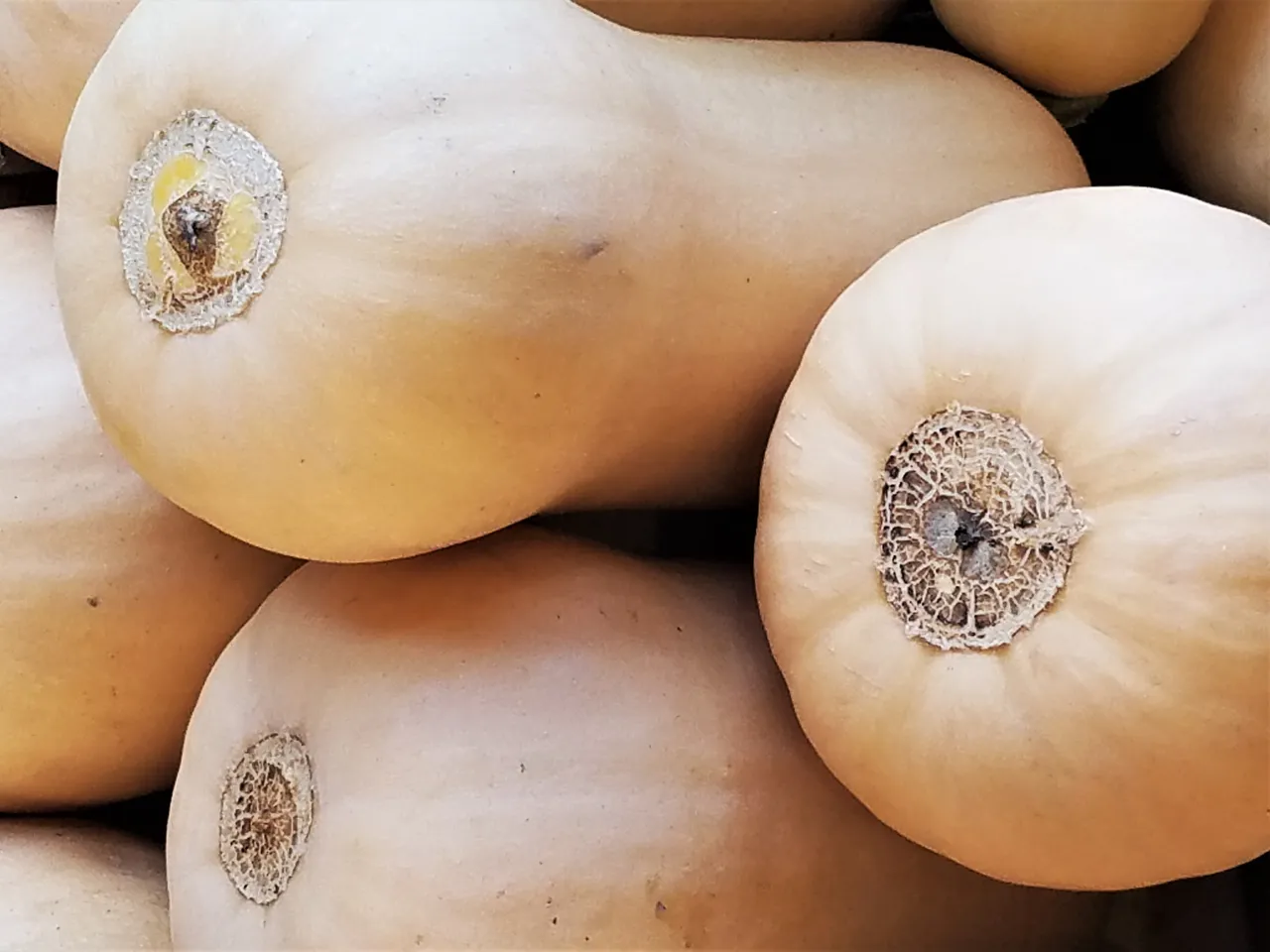
Butternut
Butternut squash is probably the most well known culinary variety and for good reason. These squash, though they may be less impressive on the outside with plain beige skin, taste delicious. Butternut squash soup is a family favorite each year. Bake it, roast it, steem it, puree it and use as a puree or filling. Butternut squash is sweet and delicious.
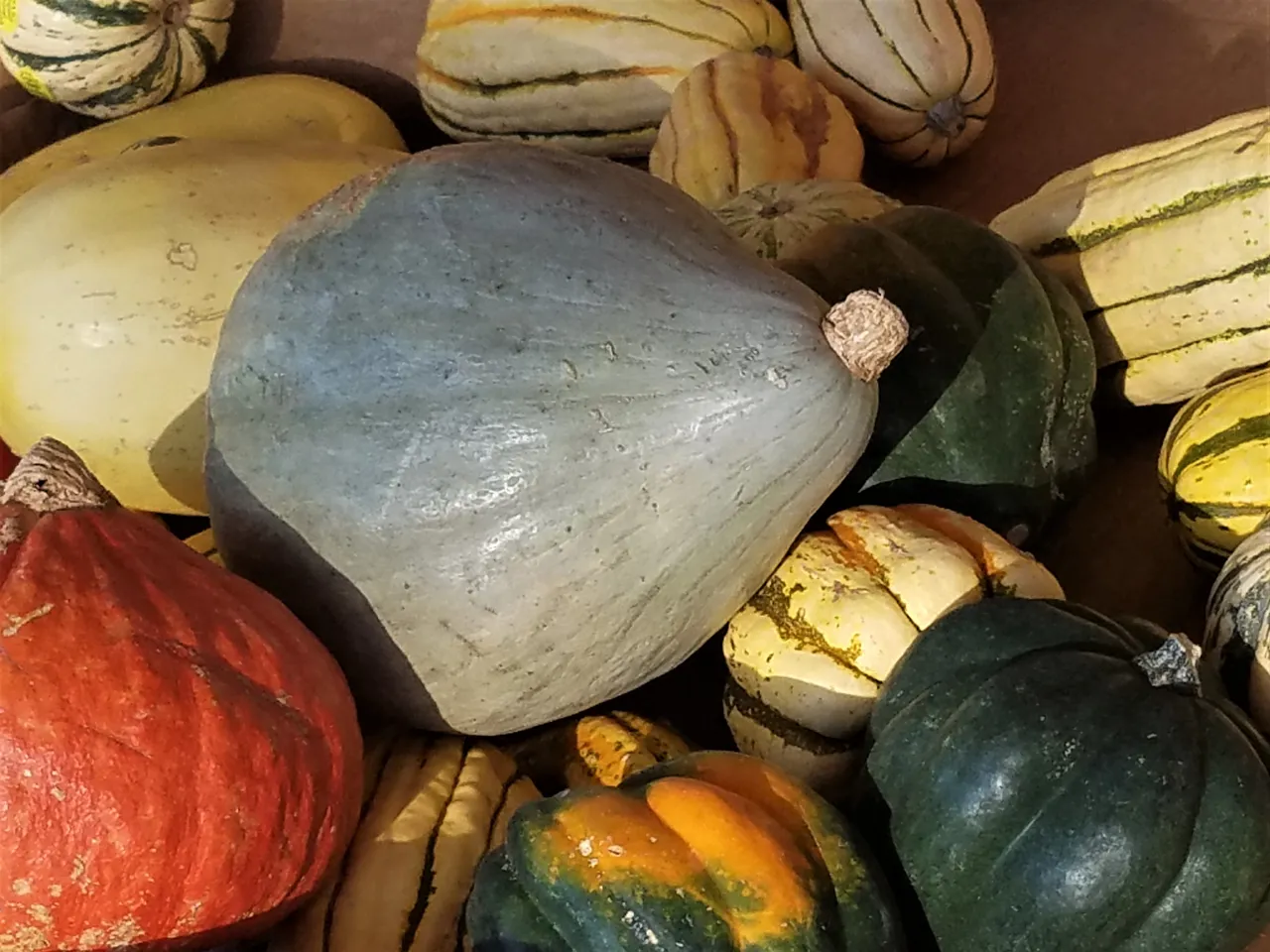
Hubbard
This is an old time squash variety and some version of it probably has been used for centuries. Hubbard squash can come in different forms and colors. Most common may be the blue hubbard. It could be described as a teardrop shape, perhaps, with a slatey blue exterior that is orange on some kinds (the image above shows a blue one and part of an orange one on the left). The flesh of the hubbard can be dense and is sweet, though less so than the butternut. All around, it makes for very good fresh eating.
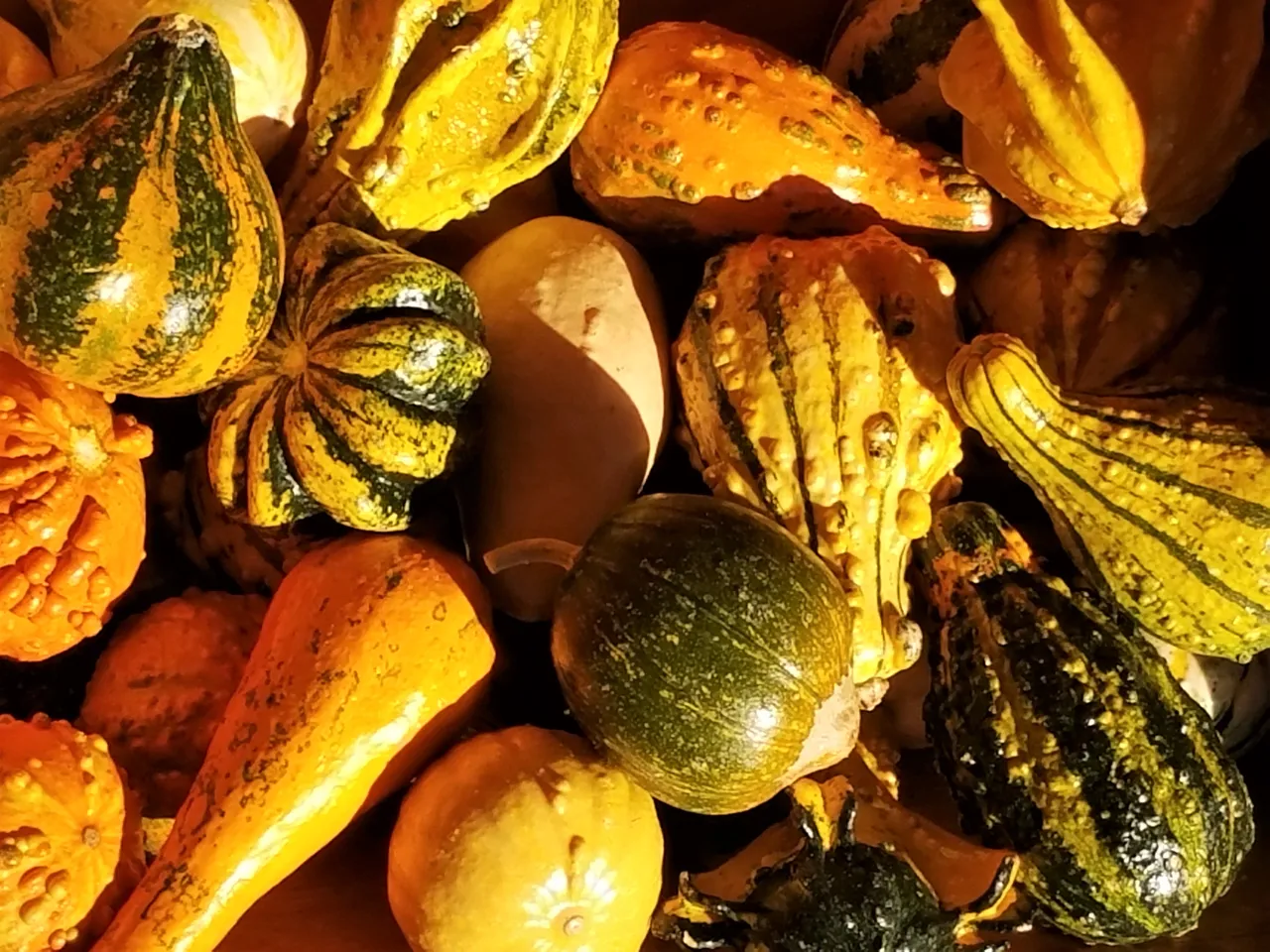
Gourds
The term “gourds” normally applies to ornamental kinds of squash that are grown as décor rather than for their food potential. An assortment of gourds this time of year normally includes some twisty and bumpy shapes in green, gold, and perhaps also white and orange. Gourds can be hollowed out and used to make birdhouses, lanterns, and other objects. They also last a long time and make a nice table decoration this time of year. But they generally do not produce much food and it is not as good in quality as others.

Acorn
The great mystery of the acorn squash is where its name came from. Just kidding! These squashes are shaped a lot like acorns. They are small, pointed, and ridged. Their skin is usually green with a touch of orange, though if you let them sit around the orange color spreads. Inside, the flesh is golden or a pale orange. It tastes nutty and not as sweet as a butternut squash. These make for great eating, though, because they are fun to cook. You can halve them, hollow out the seeds, bake the squash, and then stuff them (before or after baking, depending on the filling) with something you like to eat.
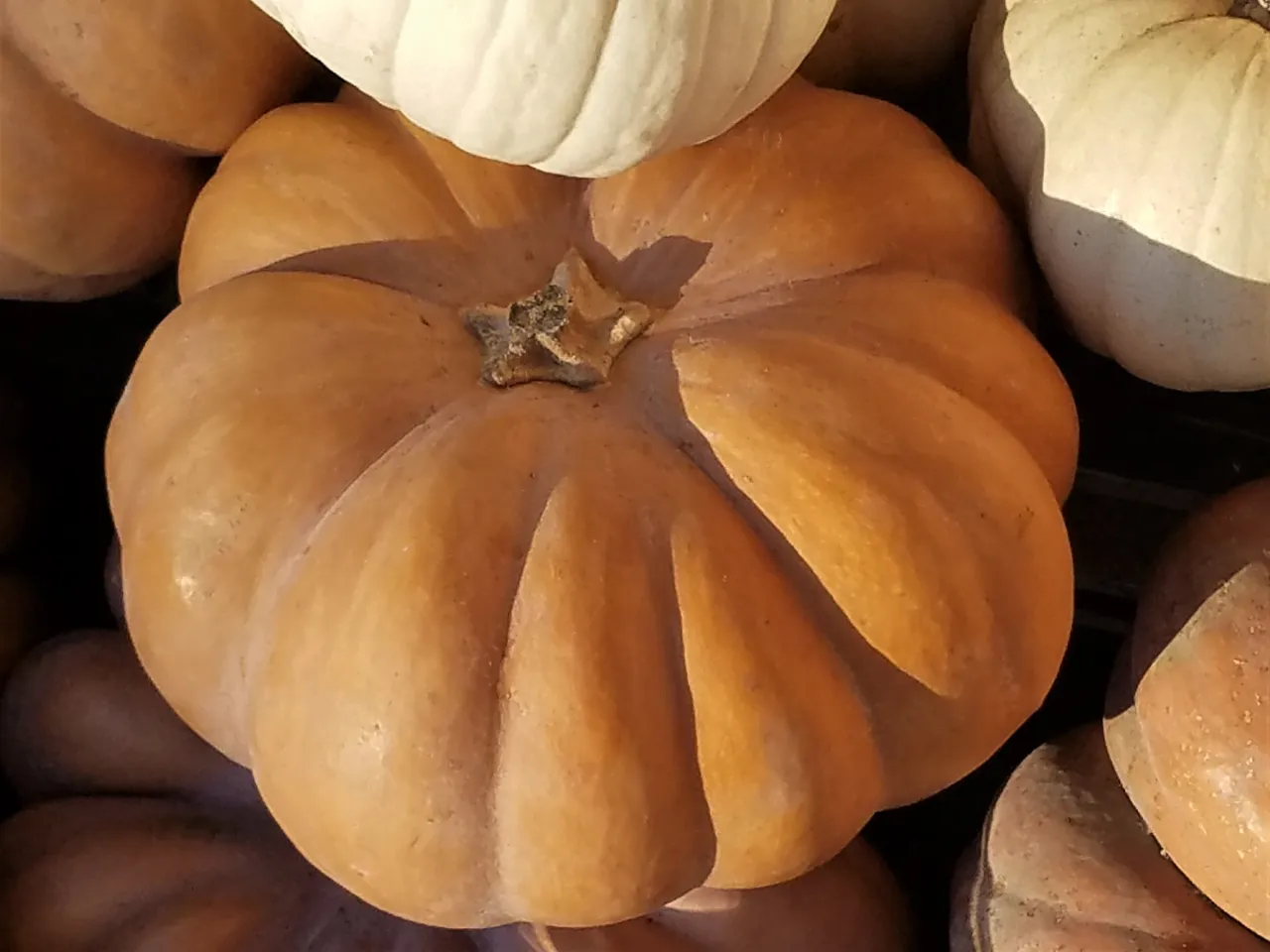
Long Island Cheese Pumpkin
While these are called pumpkins, they’re basically another variety of squash. The name comes from this squash’s resemblance to an old style wheel of cheese. Inside, the flesh can be intensely orange. The flavor is sweet, smooth, and creamy when used as a puree or for a soup. We do not see them too commonly in my part of the country, since I think they grow best in the northeastern climate, but I’ve enjoyed eating them a few times.
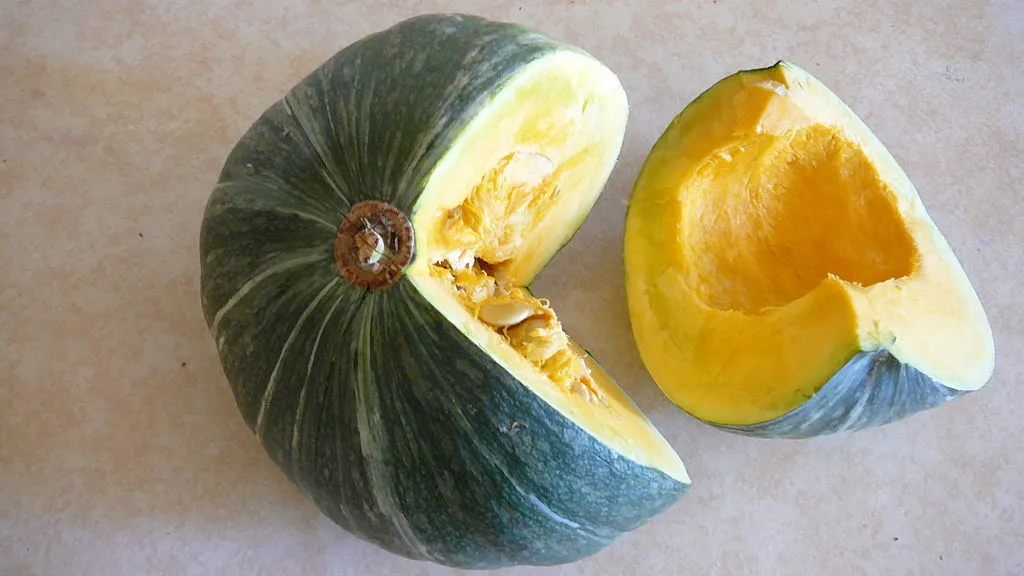
Kabocha
I was an adult when I tasted a kabocha for the first time. I thought it was more like a sweet potato than a squash. The flesh inside is almost dry, crumbly, and extremely sweet. The popularity of kabochas seems to have spread in the U.S. recent years, perhaps fueled by Asian immigration and culinary tastes. This is definitely one of the best kinds of squash.
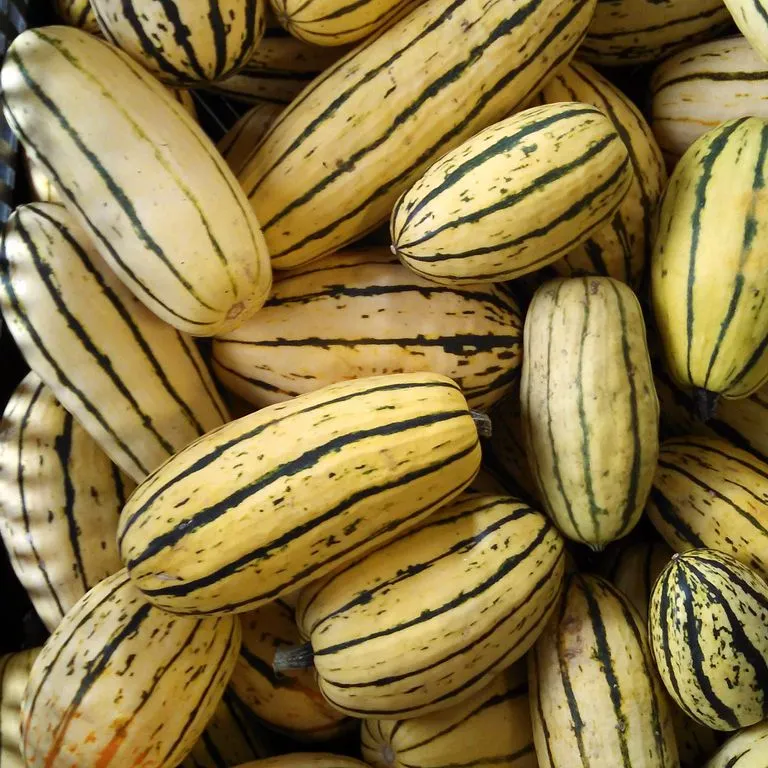
Delicata
These are small squash that are usually tan with green netted striping. The shape is somewhere between a pill and a papaya. The have a very mild flavor, as the name suggests. Some prefer a sweeter squash, but if you want that, you could spread a little sugar or honey on top before baking these. They also work well when stuffed and baked, taking less time in the oven than some others due to their small size.
Photos by the author except for Kabocha and Delicata. Kabocha: Creative Commons via Wikimedia.com by So LeBlanc, Delicata: Creative Commons via Wikimedia.com by Greenmountaingirlsfarm.